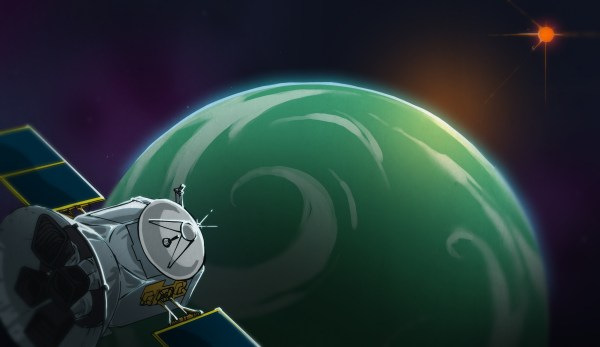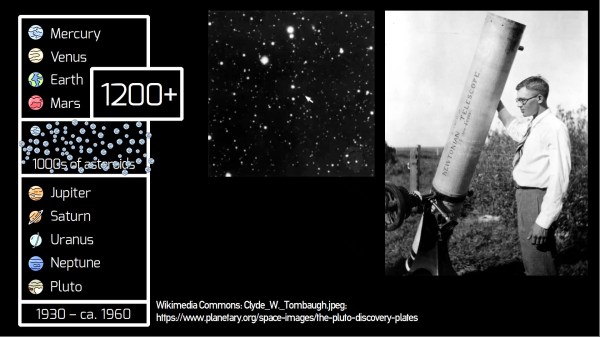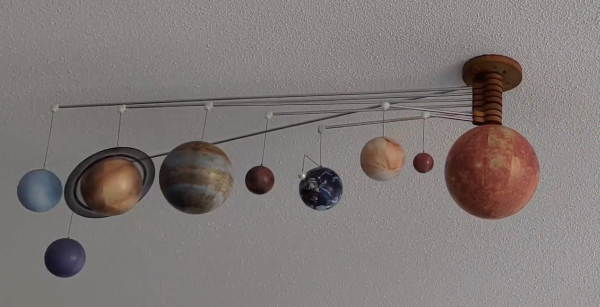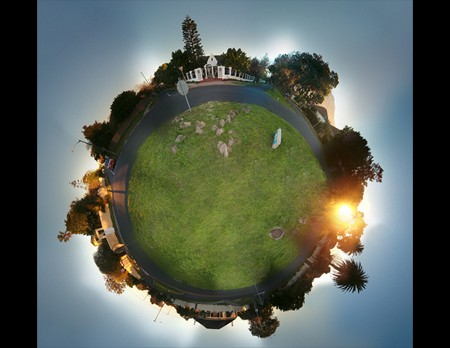Earth is a rather special place, quite unlike the other planets in the solar system. It’s nestled at the perfect distance from the sun to allow our water to remain liquid and for life to flourish in turn. It’s a rare thing; most planets are either too close and scorching hot, or too far and freezing cold.
NASA is always on the hunt for planets like our own, and recently found a new super-Earth by the name of TOI-715b. The planet is larger than our own, but it’s position and makeup mean that it’s a prime candidate for further study. Let’s take a look at how NASA discovered this planet, and why it’s special.
Continue reading “NASA Found Another Super Earth With Tantalizing Possibilities”















